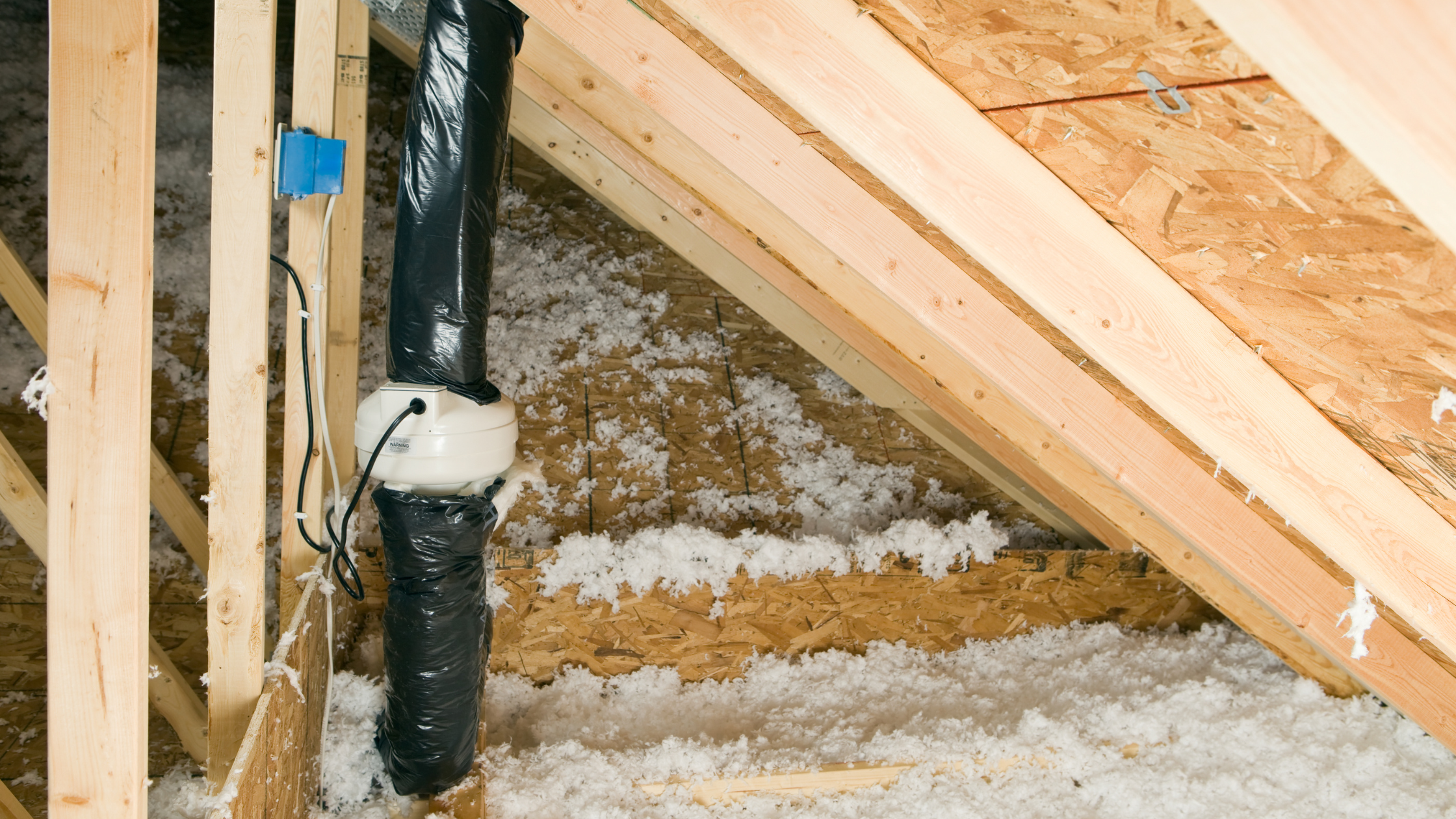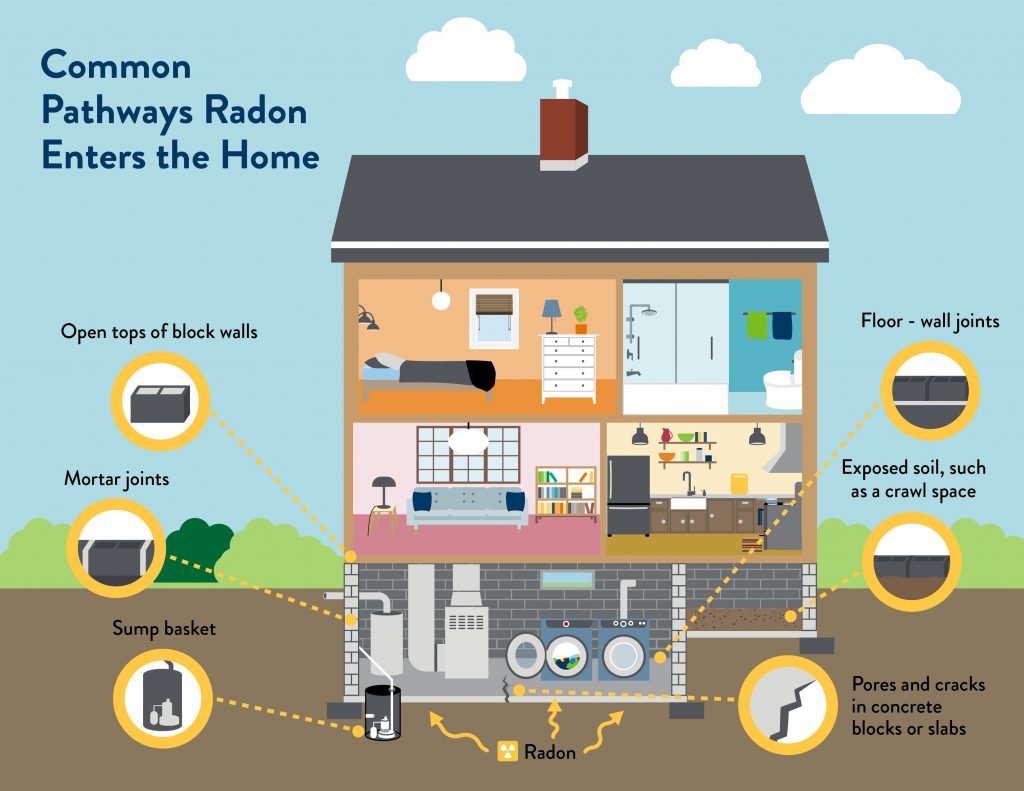It is a silent killer. It is a tasteless, odorless, and colorless gas that is found in 2 and 5 Minnesota homes. I’m talking about Radon. It can seep into homes and buildings from the soil beneath them and is the leading cause of lung cancer in non-smokers.
Radon is a serious public health concern in Minnesota. The average radon level in Minnesota is more than three times higher than the U.S. radon level. This is due to our geology and how our homes are operated. Minnesota homes are closed up or heated most of the year, which can result in higher levels of radon.
It is important to test your home regularly to make sure it is safe from radon exposure.
Long-term exposure to radon can have serious health consequences. According to the United States Environmental Protection Agency (EPA), 21,000 lung cancer deaths each year in the United States are linked to radon. Radon is also linked to other illnesses such as asthma, chronic obstructive pulmonary disease (COPD), and respiratory infections. It is important to test your home for radon and to take steps to reduce your family’s exposure to radon if it is present.
The Minnesota Department of Health (MDH) provides information on radon and how to protect your family’s health. MDH recommends that every Minnesota home be tested for radon. There are a few ways you can test your home for radon, including hiring a professional to do a radon test or purchasing a do-it-yourself radon test kit.
If you find high levels of radon, there are ways to reduce the levels in your home, such as sealing any openings and installing a radon mitigation system.
January is Radon Awareness month. If you would like a FREE testing kit, please send me an email and I will send one to you or drop it off for you.


 Facebook
Facebook
 X
X
 Pinterest
Pinterest
 Copy Link
Copy Link


